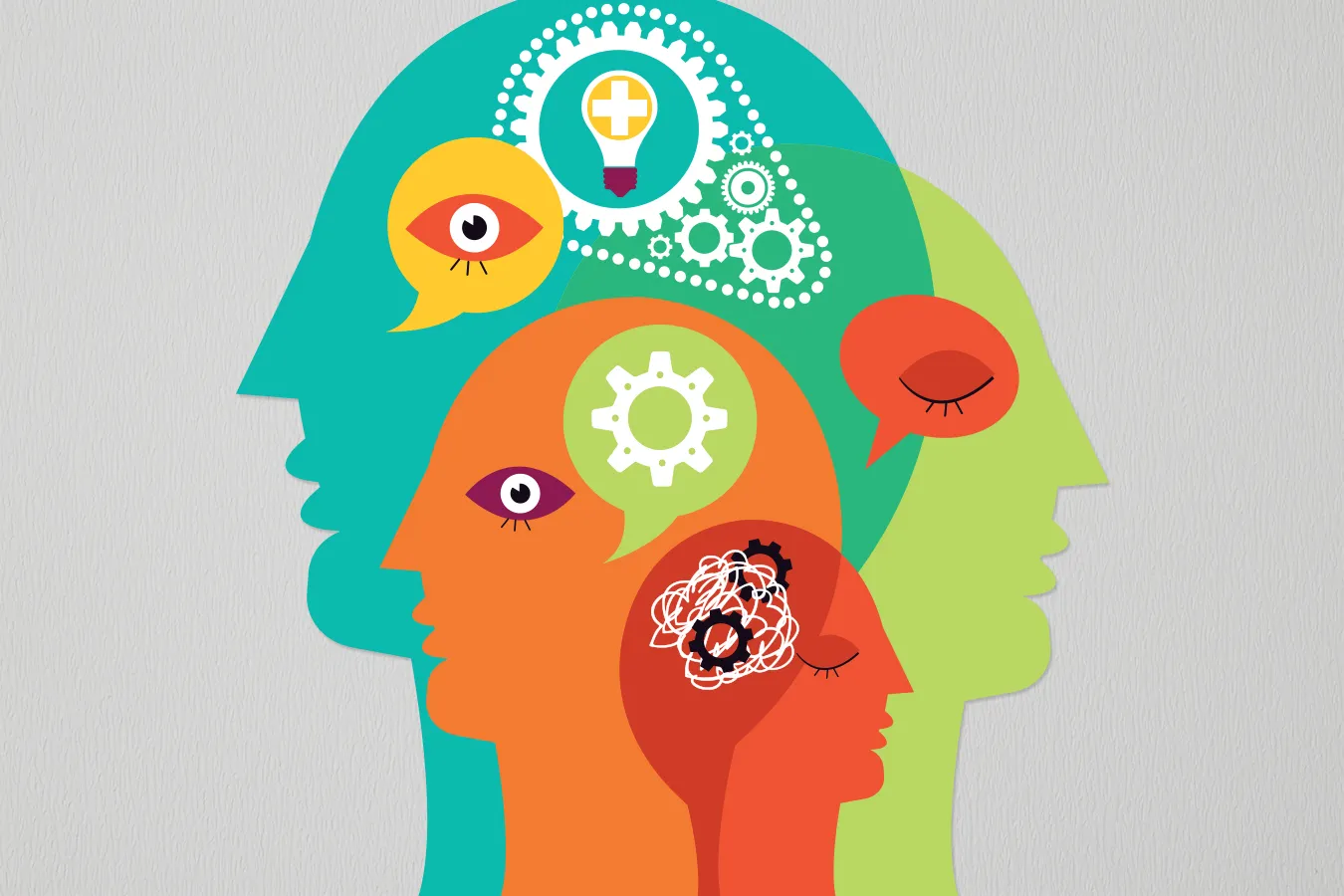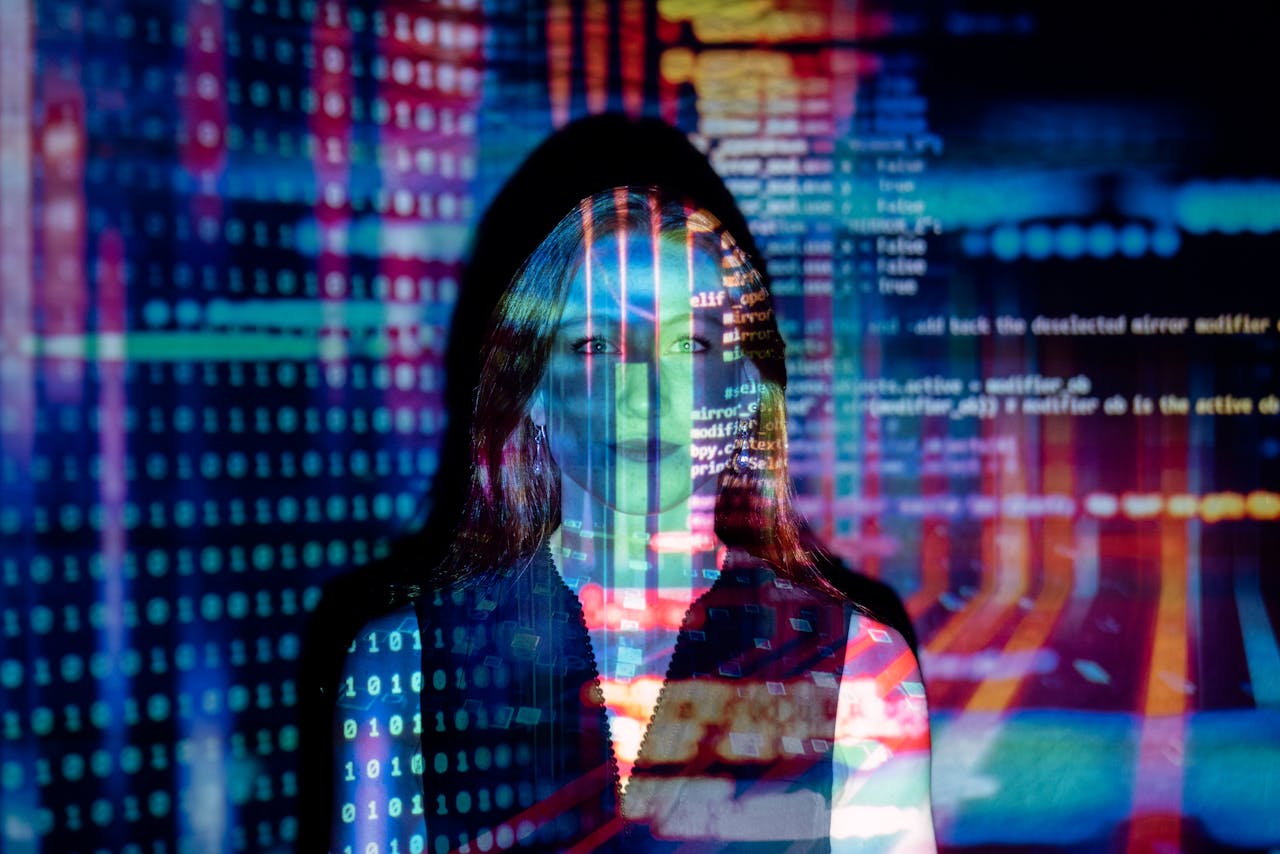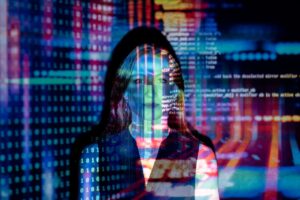Uncovering the Hidden: A Deep Dive into Unconscious Bias
Introduction
Unconscious bias, often an unseen force, subtly and profoundly influences our decisions and interactions. Existing beyond our conscious awareness, these biases shape our views and actions, affecting critical aspects of our daily lives, including workplace dynamics, legal justice, and educational opportunities. This article aims to explore the origins, impacts, and strategies to mitigate unconscious bias, offering a comprehensive understanding of this complex yet pervasive phenomenon.
Understanding Unconscious Bias
At its core, unconscious bias refers to the automatic, mental shortcuts used by our brains to quickly assess people and situations. These biases stem from our need to swiftly process large amounts of information, a process shaped by personal experiences, cultural norms, and societal influences. Common types include affinity bias, which draws us towards those who seem similar to ourselves, and confirmation bias, where we favor information that upholds our existing beliefs.
These biases are not inherently negative; they can be efficient decision-making tools. However, when left unchecked, they can skew our perceptions and lead to unfair outcomes, particularly when they reinforce stereotypical or prejudicial views.
Unconscious Bias in Everyday Life
In the workplace, unconscious bias can influence hiring, promotions, and team dynamics, often favoring certain groups while disadvantaging others. In educational settings, it can affect teacher expectations and student performance, perpetuating achievement gaps. Social interactions and media representations are not immune, often reinforcing stereotypes through biased portrayals.
For instance, studies have shown that resumes with traditionally white-sounding names receive more callbacks than identical resumes with African-American sounding names, illustrating the impact of racial bias in hiring practices.
The Impact of Unconscious Bias
The repercussions of unchecked biases are vast. On an individual level, they can cloud judgment, hinder relationships, and distort perceptions. Institutionally, they contribute to systemic inequalities, influencing policies and practices in ways that perpetuate disparities. Research has consistently shown that unconscious biases can lead to discriminatory practices in hiring, law enforcement, and healthcare, among other areas.
Recognizing and Addressing Our Own Biases
Combatting unconscious bias begins with self-awareness. Individuals can take proactive steps by engaging in self-reflection, seeking education on bias, and challenging their own assumptions. Techniques such as implicit bias training can be effective in highlighting and addressing these biases. Encouraging open dialogue and creating safe spaces for sharing experiences can also foster understanding and empathy.
Systemic Approaches to Reducing Unconscious Bias
Organizations and institutions play a crucial role in mitigating bias. This involves implementing inclusive hiring practices, comprehensive bias training, and policies promoting equity and diversity. For example, some companies have introduced blind recruitment processes to minimize bias in hiring.
Successful initiatives often involve a multifaceted approach, combining training with policy changes and ongoing efforts to cultivate an inclusive culture.
Overcoming unconscious bias is a continuous journey, and while there’s no one-size-fits-all solution, here are some effective strategies:
Self-awareness:
- Recognize the inherent nature of bias: Everyone has unconscious biases, regardless of background or beliefs. Accepting this and being open to learning is crucial.
- Identify your own biases: Take implicit bias tests to gain insight into potential areas of bias you harbor. Resources like Project Implicit offer various tests for free.
- Reflect on your experiences: Examine situations where you might have acted with bias, even unintentionally. Analyze your thought processes and motivations to identify patterns.
Expanding your knowledge and perspective:
- Seek diverse information: Read books, articles, and watch documentaries about different cultures, identities, and experiences. Actively engage with perspectives different from your own.
- Surround yourself with diverse people: Build genuine relationships with individuals from different backgrounds, ethnicities, genders, and abilities. Engage in open and respectful conversations.
- Challenge stereotypes: Actively question assumptions you hold about different groups of people. Look for evidence that contradicts stereotypes and seek individual stories.
Taking action:
- Use inclusive language: Be mindful of your vocabulary and avoid language that reinforces stereotypes or excludes certain groups.
- Practice mindfulness: Regularly reflect on your thoughts and actions. Notice implicit biases as they arise and actively counter them.
- Advocate for change: Speak up against biased behavior when you witness it. Encourage open and honest conversations about bias in your community or workplace.
- Support systemic changes: Promote policies and practices that create a more inclusive environment, like diverse hiring panels and unconscious bias training.
Remember, overcoming unconscious bias requires ongoing effort and commitment. Be patient with yourself, celebrate your progress, and don’t be afraid to seek help from others. Here are some additional resources that can be helpful:
Conclusion
Unconscious bias, while an inherent part of human cognition, can have far-reaching implications. By understanding and actively working to counter these biases, individuals and organizations can foster more equitable and just environments. It requires continuous effort and commitment, but the benefits of a more inclusive and fair society are immeasurable. This journey begins with each one of us recognizing our role in perpetuating or challenging these hidden biases.














Post Comment